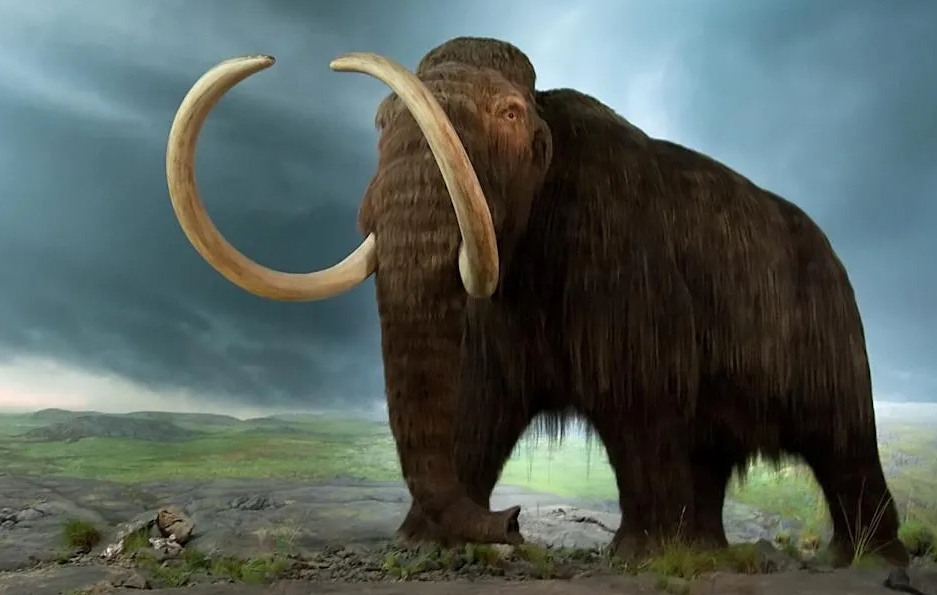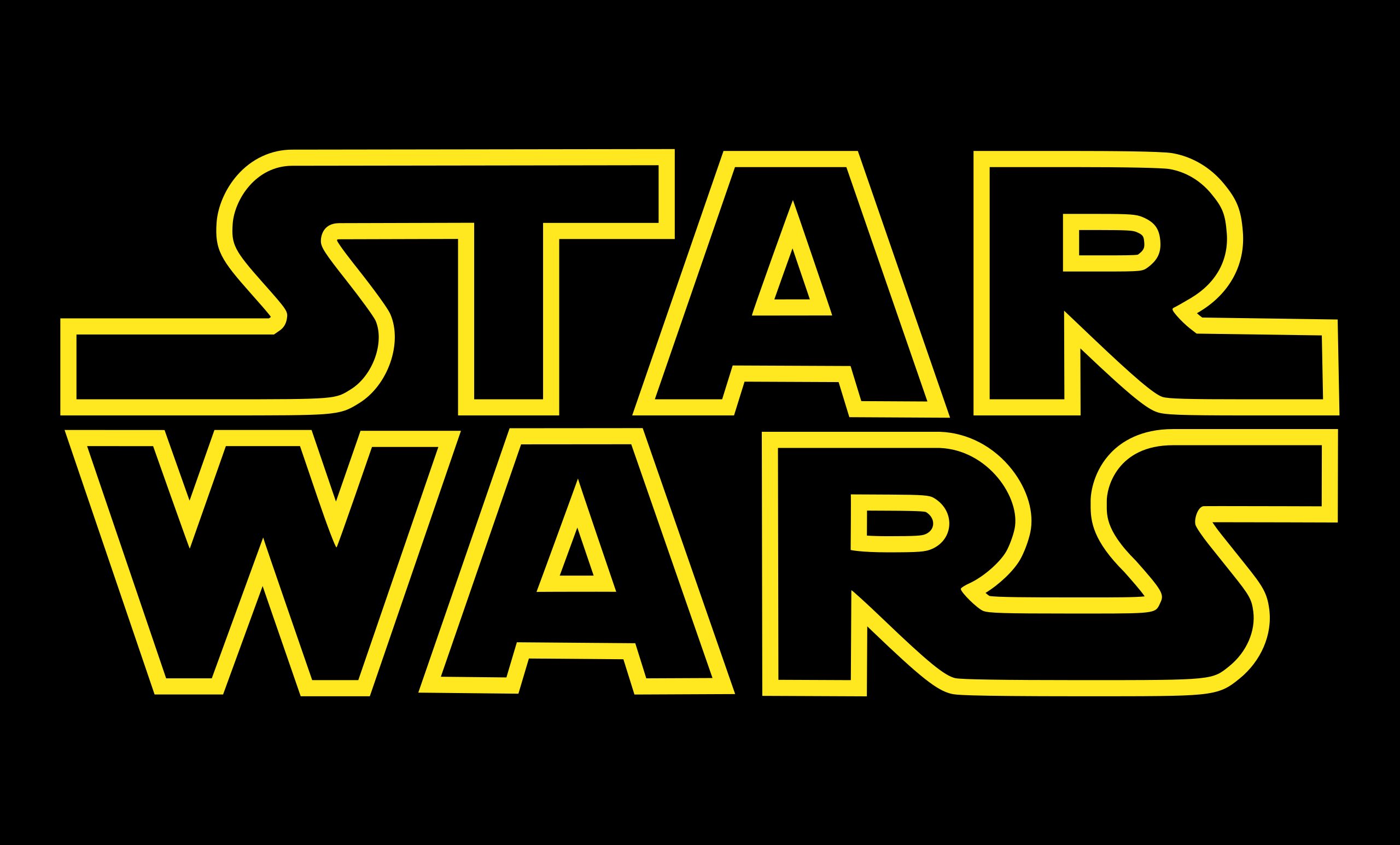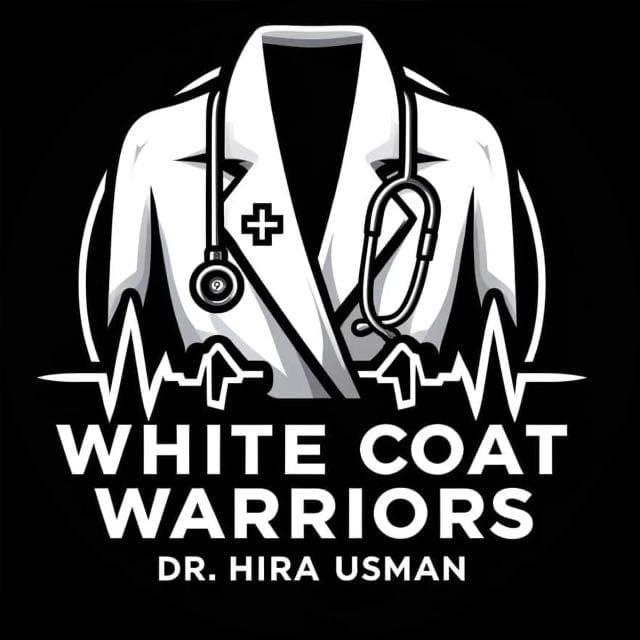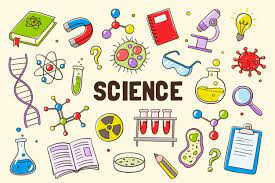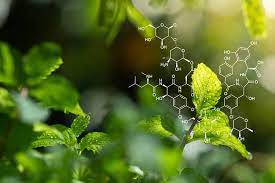Genetics and Evolution Unit Trivia
Quiz Description:
Trivia questions based on the Biology units Genetics and Evolution. Sets of questions to test knowledge, understanding, vocab, application + inquiry/lab based
42 Trivia Questions and Answers
DNA and protein
Eukaryotes and diploids
DNA and a nucleus
Ribosomes and genes
asexual produces 4 identical cells, sexual produces 2 unique cells
asexual produces 2 identical cells, sexual produces 4 unique cells
oogenesis
spermatogenesis
ovumogensis
eggensis
a form of conception
unravelled DNA
failure of chromosomes to seperate
the separation of cells
mitosis
separation of DNA
meiosis
asexual reproduction
separation of chromosomes
forming of daughter cells
division of cytoplasm
crossing over of chromsomes
each form of a gene
a type of breeding process
crossing of traits
separation of traits
heterozygous
homozygous
dominant alleles
pedigrees
it is not used at all in the unit of genetics
to predict the proportions of genotypes in offsprings
to predict the sex of a chromsome
to predict genetic disorders
they are the same
there is no differenace
CD= doesn't blend, creates spots, ID= both alleles blend, creates new color
CD= both alleles blend, creates new color ID= doesn't blend, creates spots
pedigree
mitosis
genetic variation
genetic seperation
yes, only one parent needs to have the gene
no, both parents must be autosomal recessive
it doesn't matter
only needs one copy of the gene to have the disorder
needs two copies to present with the disorder
needs to have one recessive and one dominant to have the disorder
Males only have one x chromosome and there is no matching genes on the Y
Females are unaffected
Only males are born with it naturally
It's a male related disorder
nitrogenous bases
sugars and phosphates only
Purines
nucleotides, phosphate group, sugars, nitrogenous base
nitrogen bases with a double ring
nitrogen bases with a triple ring
nitrogen bases with a single ring
a nitrogen base with no rings
RNA only
DNA only
in DNA and RNA
pyrimindine
no, type O is a recessive blood type
yes, type O is a dominant blood type
yes type O is a recessive blood type
no, type O is a dominant blood type
a cross involving 3 genes each with heterozygous alleles
a cross involving 2 genes each with heterozygous alleles
a cross that involves heterozygous and homozygous alleles
induced and spontaneous
atmospheric
natural and chemical
genetics only
extracts the bad gene from the seqence
separates the defective gene from the good ones
corrects the mistake out of the gene sequence
corrects defective genes by inserting a normal copy of the gene
an educated guess
an explanatory model that accounts for large bodies of evidence
a theory explains human behavior
individuals
populations
specific species
only animals
neutral
harmful
beneficial
environmental
true
characteristic or feature that makes a species well suited for survival
the process of evolution within indivuals
reproduction within different species
mixed breeding of different species
false
homologous features
vestigial features
analogous features
none of the above
no
yes
sometimes
show us that complex organisms descended from more simplistic organisms over time.
they arent
half life is the time it takes for a radioisotope to decay to half its mass
half life is the time it takes for a radioisotope to decay to 3/4 its mass
half life is the time it takes for a radioisotope to decay to 1/4 its mass
pseudogenes are vestigial genes that no longer code for a functioning protein
directional selection
stabilizing selection
disruptive selection
environmental selection
false
Females choose mates that are best suited for reproduction because good reproductive health means better chances of producing healthy offspring who will further their species. And in relation to natural selection which favours those most suited for their environments, females choose males that are best suited.
temperal
mechanical
gametic
ecological
The offsprings are healthy and viable but are sterile and can't reproduce
allopatric
sympatric
triploid
envirnmental
origin of life from non living things
origin of life from living things
origin of animals
none of the above
theory of gradualism
theory of punctuated equilibrium
theory of evoultion
theory of insects
to show how well certain characteristics mix together
to show geographical separation of organisms over time
to show evolutionary relationship between organisms
to differentiate between traits between organisms
They lack melanin because they are unable to produce it due to the lack of an enzyme called tyrosinase which is what helps create melanin in our skin.
More Quizzes
Explore Quizzes
Comments
( )


